While do-it-yourself projects can be fun and fulfilling, there is always a potential for personal injury or property damage. We strongly suggest that any project beyond your abilities be left to licensed professionals such as electricians, plumbers, and carpenters. Any action you take upon the information on this website is strictly at your own risk, and we assume no responsibility or liability for the contents of this article.
How to Help the Honey Bee Population
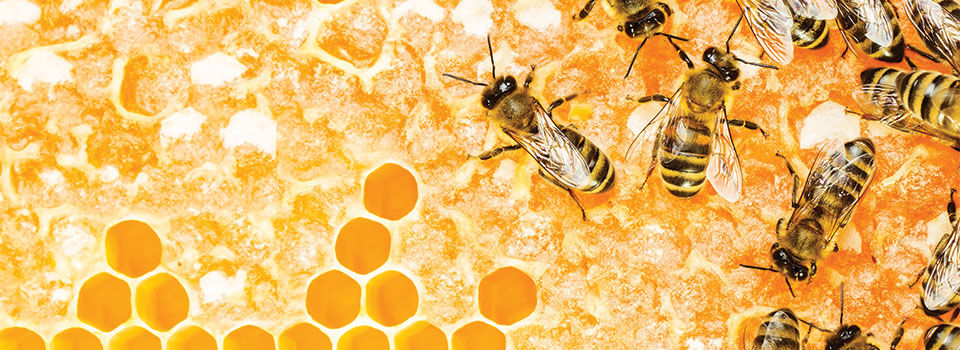
Honey bees are more than just producers of tasty honey. Even if you’re not a fan of this natural sweetener, consider the fact that these insects help pollinate over 70% of the plants that make up our world food supply. Without these bees and their native relatives, it would be nearly impossible to get most fruits, vegetables, nuts, and more. Only grains and a few other food sources would remain if these pollinators disappeared. Boost local and global numbers of honey bees and other valuable pollinators with a few simple tips anyone can implement in their yard.
Limit Pesticide Use
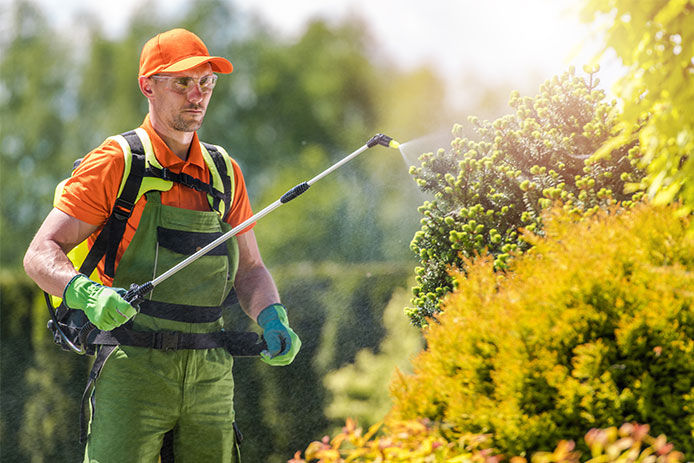
Pesticides might be an easy way for you to keep your garden healthy and thriving in difficult conditions. However, most of the synthetic products on the market today are prone to harming honey bees and native bees alike. Neonicotinoids are particularly damaging to bee populations and are widely applied by landscaping companies. If you don’t handle your own pest control spraying, tell your provider that you want organic and bee-friendly products used for less impact on the environment.
Build a Bee Garden

Designated areas for honey bees look a little different than other types of more formal gardens. First, aim to use as many native plants as possible that provide both nectar and pollen. These fuel sources for the bees should bloom in different periods so that there’s always something available. While you may want to clean up and remove any dead plant material from other garden areas, avoid this practice in the bee garden. Bees need dead plant material like hollow stems and dried leaves to hide in over the winter or rest on overnight. Leaving the bee garden a little wild over the winter boosts native bee populations in particular, but it’s helpful for honeybees as well.
Expand Vertically
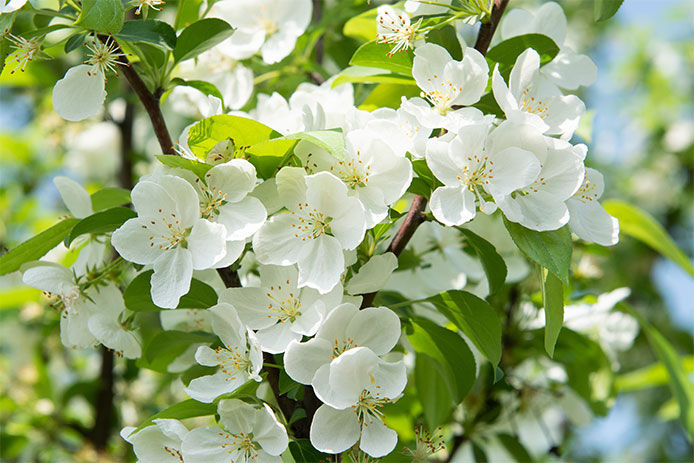
You don’t need acres of land to add thousands of individual blossoms for bees to visit and feed on. Instead, think vertically by planting at least a few flowering trees around your home. Honey bees love almost all fruit and nut trees, which isn’t surprising since they’re used commercially to fertilize these trees. Other popular options include:
- Most types of maples, which often flower early in spring.
- Sourwood.
- Crapemyrtles.
- Crabapples, even decorative types.
- Black Locust.
- Serviceberry, which can be kept as a shrub instead.
Purchase Local Honey
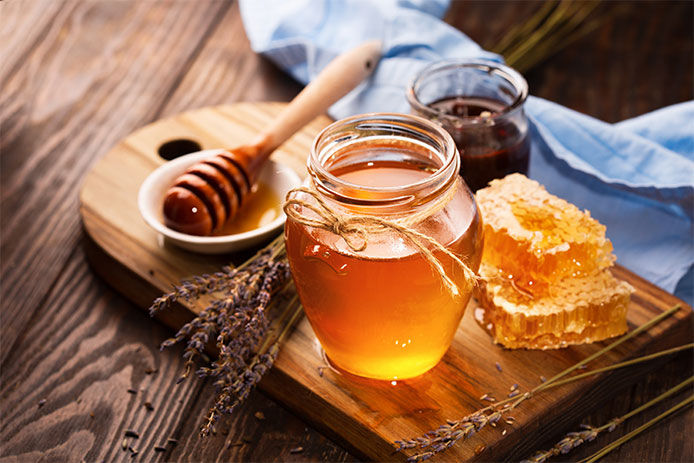
Many bee organizations recommend eating less honey that’s commercially produced to reduce strain on bee populations. However, this isn’t always a cut-and-dry issue. If you can find locally produced honey that supports nearby farms or efforts to increase local pollinator levels, purchase it as often as you can. This will support bees in your area without requiring you to set up hives or learn a new skill. You may be able to find beekeeping clubs at a local school or community center and purchase their honey during the harvest each year to show your support.
Sponsor Bee Initiatives
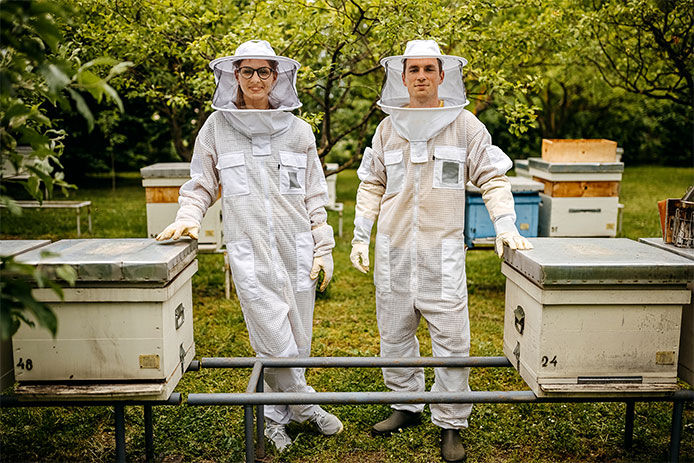
It’s not always easy to deal with a major issue like honey bee population losses just by improving your backyard. To deal with deforestation and larger habitat loss, try banding together with friends and neighbors to push for larger initiatives with county and state lawmakers. Large areas of appropriate trees and wildflowers are best planted in conjunction with bee experts, local beekeepers, and willing volunteers who can provide enough labor to make a difference. Try pairing with groups that focus on monarch butterflies or other insects to tap into existing interest in conservation.
Set Up a Bee Watering Station

Finally, try giving honey bees a place to stop and get a drink. Nectar isn’t enough for these hard-working hive dwellers. A shiny aluminum pie pan or other shallow vessel is a good option for supplying water. Fill the container with smooth river stones or glass marbles so that the bees have plenty of places to stand while drinking. Then add just enough water for the water line to reach halfway up the stones or marbles. Top it up if the rainfall doesn’t keep it refilled naturally.
Even people with bee allergies or a fear of these insects can easily find some way to support them from a safe distance. You don’t need to be a personal fan of these buzzing friends or their honey to give them your help. With a little boost from you and your neighbors, honey bees will continue to pollinate your favorite foods so that they show up like clockwork at the grocery store.